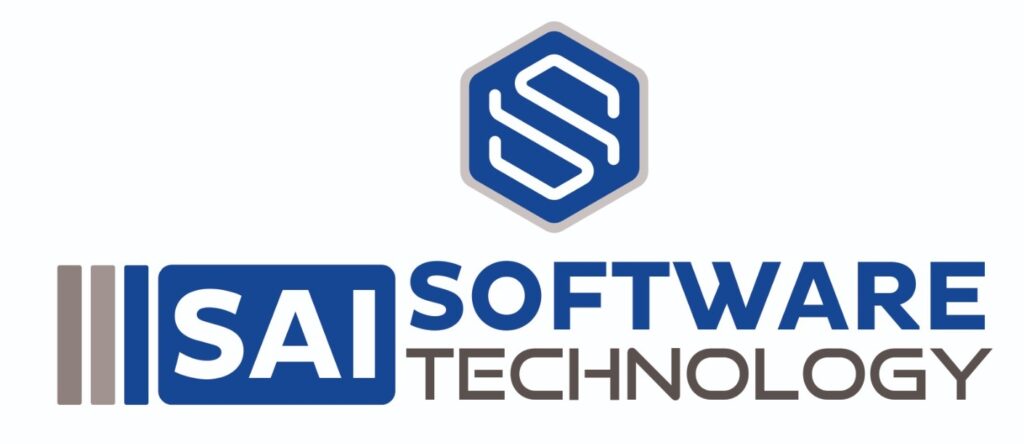Automated Tool based
This approach makes use of a range of open-source or commercially available tools for secure code review. Developers often use these tools during their development work, but security analysts can also employ them. These tools become especially valuable when a secure Software Development Life Cycle (SDLC) is integrated into the organization, allowing developers to conduct self-assessments of their code while they work. Furthermore, these tools prove beneficial when assessing extensive codebases, even those consisting of millions of lines.
Manual Tool Based
This approach encompasses a comprehensive examination of the entire codebase, a task that can be both time-consuming and challenging. However, this thorough process has the potential to unveil logical errors, including business logic issues, which automated techniques may not detect.


